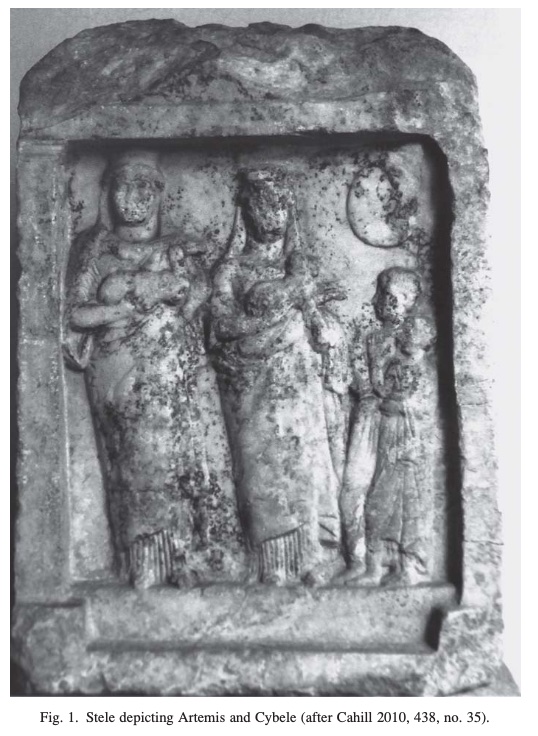Lorem ipsum dolor sit amet, consectetur adipiscing elit. Morbi eu nulla vehicula, sagittis tortor id, fermentum nunc. Donec gravida mi a condimentum rutrum. Praesent aliquet pellentesque nisi.


Epigraphic, numismatic, literary and archaeological sources do not seem to agree in the identification of the main goddess of Imperial Sardis. The traditional Artemis Sardiane disappears from the epigraphic evidence in the 1st century AD, and it is not attested on coin legends, although her temple undergoes reconstruction in the time of Antoninus Pius. The Chrysanthina games and an archaic Anatolian cult image appear from the 1st century AD onwards as city symbols. Late in the 2nd century AD the image is accompanied by the legend Koraia Aktia on a coin, and other epigraphic evidence related to a goddess named Kore surfaces. Demeter is called the goddess of Sardis by Apollonius of Tyana; she symbolises the fertility of the city on coins of the 1st century AD in relation to the image of the emperors, and the Eleusinian myth becomes a usual coin-motif. This paper re-evaluates the existing material and concludes that Artemis Sardiane is still the main goddess of Sardis in the Imperial period, while it tries to explain the relation between the three goddesses and the apparent inconsistencies in the sources, focusing on the use of ancient traditions, Hellenic identification and cult syncretism by the self-representation politics of the city.